
Roof Replacement Tax Credits in 2025: Your Complete Guide to Saving in Miami + IRS Requirements
Discover how to leverage tax credits for your new roof in Miami. Do you qualify for 30% savings? We explain step-by-step. Get your free estimate!
In Florida’s extreme climate, your roofing material choice could mean the difference between a 15-year replacement cycle and a lifetime of protection.
Metal roofing outperforms traditional materials in 7 key metrics critical for Florida properties. 2024 NOAA data shows metal roofs sustained 150+ mph winds in 98% of Category 4 hurricane impacts.
Schedule a complimentary roofing assessment with our certified specialists: (305) 249-1011.
Florida, with its relentless sun, torrential downpours, and the constant threat of hurricanes, presents a unique challenge for property owners. Your roof isn’t just a covering; it’s your primary defense against the elements, a critical component of your property’s energy efficiency, and a significant long-term investment.
For too long, Florida has been caught in a cycle of frequent roof replacements, battling the predictable degradation of asphalt shingles and the vulnerability of other traditional materials. But there’s a solution that is rapidly gaining traction among savvy homeowners, commercial property managers, architects, and builders: metal roofing.
At Roofing Nation, we have been at the forefront of this roofing revolution, serving Florida’s diverse regions since 2005. With over 1.2 million square feet of metal roofing installed across the state, we’ve witnessed firsthand the transformative power of this material. Our mission with this comprehensive guide is to empower you with the knowledge to make an informed decision for your Florida property.
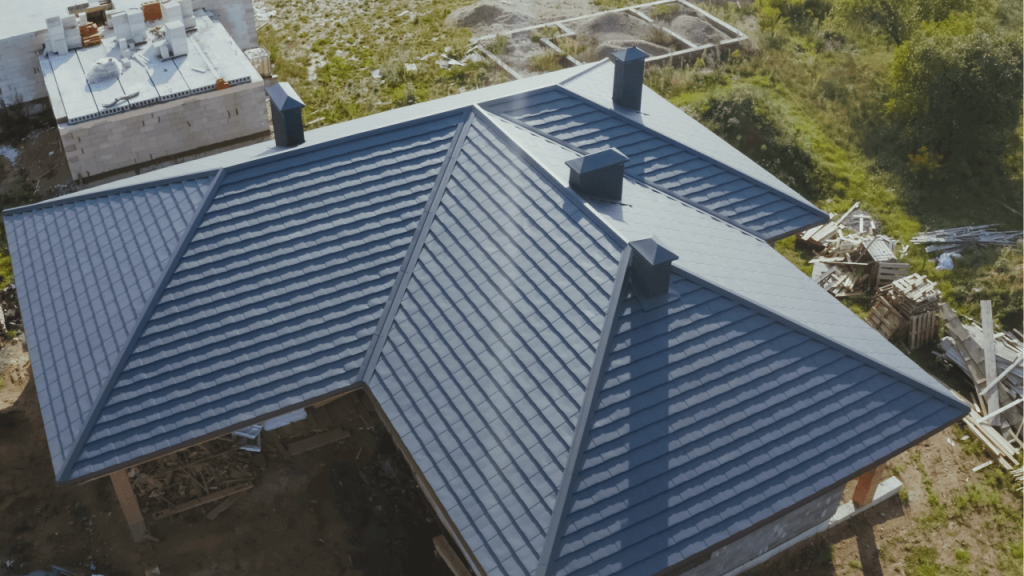
We believe that once you understand the unparalleled benefits of metal roofing—from its exceptional storm resilience and remarkable energy savings to its impressive lifespan—you’ll see why it’s not just a choice, but an imperative for the future of your property.
This guide is designed to be your definitive resource, positioning Roofing Nation as your trusted partner. We’ll delve into the technical advantages, explore the best material selections for Florida’s specific climate challenges, and provide data-backed recommendations that drive real-world value.
Whether you’re a homeowner in coastal Key West, a commercial property manager in Orlando, or an architect designing a new development in Miami, this guide offers insights tailored to your needs
Get a no-obligation quote today
Simply fill out the form below and take the first step toward expert service.
In this article, we’ll see:
The superior performance of metal roofing in Florida is not anecdotal; it’s a result of advanced engineering, material science, and rigorous testing. Unlike conventional roofing materials that degrade under Florida’s stressors, metal roofing is designed to withstand them.
Florida’s hurricane season demands a roofing system that can do more than just survive; it must protect your most valuable assets. Metal roofing is engineered to offer unparalleled storm resilience, a critical factor for any property in the state.
Florida’s climate isn’t just about hurricanes; it’s also about relentless sun, high humidity, and saltwater exposure in coastal areas. Metal roofing addresses these challenges with specific material compositions and finishes.
While the initial investment in a metal roof might be higher than that of asphalt shingles, the long-term financial benefits are overwhelmingly clear. Metal roofing offers significant savings through extended lifespan, energy efficiency, and potential insurance discounts.
Metric | Asphalt Shingles | Metal Roofing |
Lifespan | 15 years | 40-70 years |
Energy Savings | 0% | 10-40% |
Insurance Discounts | 5% | Up to 35% |

Selecting the right metal roofing material is crucial for optimizing performance and longevity in Florida’s unique climate. Each metal offers distinct advantages tailored to specific environmental conditions and aesthetic preferences.
Best for: Coastal properties from Key West to Jacksonville, and any location within 5 miles of saltwater.
Aluminum is the undisputed king of coastal roofing in Florida. Its inherent resistance to corrosion makes it impervious to the damaging effects of salt spray, a common enemy of other roofing materials in beachfront or near-ocean environments.
Best for: Inland properties across Florida, offering a balance of performance, durability, and cost-effectiveness.
Galvalume steel is a popular choice for homeowners and commercial properties not directly exposed to saltwater. It offers excellent performance and a longer lifespan than traditional asphalt shingles at a competitive price point.
Best for: High-end residential properties, historic renovations, and architectural statements where longevity and aesthetics are paramount.
For those seeking the ultimate in longevity, elegance, and distinctiveness, copper and zinc roofing systems represent the pinnacle of metal roofing. These materials offer unparalleled lifespans and develop unique, beautiful patinas over time.
While the core benefits of metal roofing apply to both commercial and residential properties, specific considerations and solutions are often required for each sector.
Commercial properties, with their larger footprints and specific operational needs, benefit immensely from metal roofing’s durability, energy efficiency, and adaptability.
For homeowners, while performance is paramount, aesthetics, noise reduction, and adherence to community guidelines are also significant considerations.
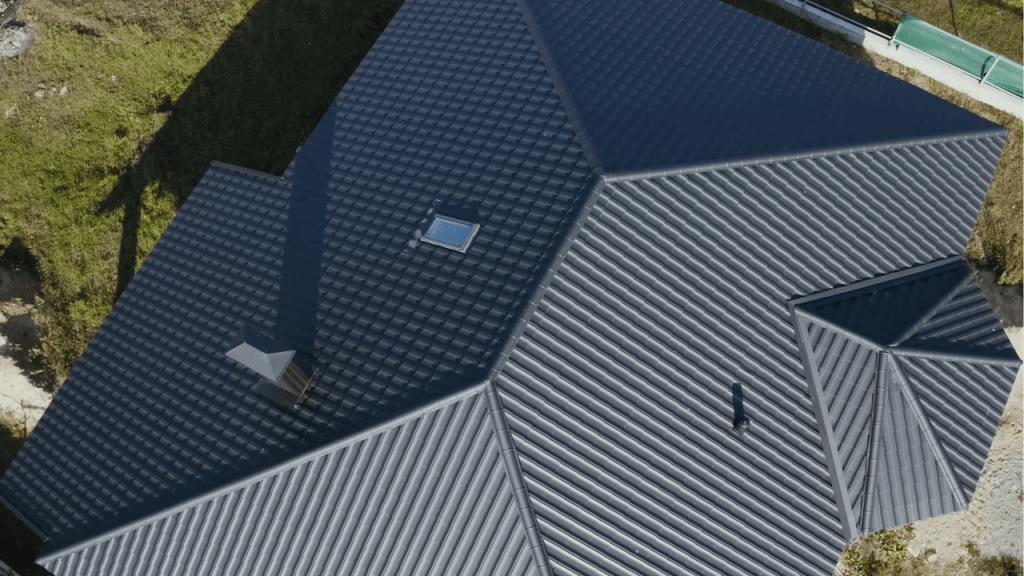
The performance and longevity of a metal roof are inextricably linked to the quality of its installation. Even the highest-grade materials will fail if not installed correctly. At Roofing Nation, our installation protocols are meticulously designed to meet Florida’s demanding building codes and ensure maximum durability.
Our NRCA-certified installation teams are continuously trained on the latest techniques and safety protocols, ensuring that your metal roof is installed with precision and expertise, guaranteeing its longevity and performance for decades to come.
Frequently Asked Questions about Metal Roofing in Florida
1. How does metal roofing compare to tile in hurricane resistance?
According to Florida Building Code testing, metal roofing systems provide 300% greater wind uplift resistance compared to concrete tile systems, with no projectile risk during storms.
2. What are the primary energy saving benefits of a metal roof in Florida?
Metal roofs with cool roof coatings can reflect up to 70% of solar radiation, reducing heat transfer into your attic and home. This can lead to 10-40% savings on air conditioning costs during Florida’s hot summers.
3. Is metal roofing noisy during heavy rain or hail?
When properly installed with insulated decking or sound-dampening underlayment, a metal roof is typically no noisier than a traditional shingle roof.
4. How long does a metal roof typically last in Florida’s climate?
With proper installation and maintenance, a metal roof can last 40 to 70 years. Materials like copper and zinc can exceed 100 years, far outlasting traditional asphalt shingles which last 15-20 years.
5. Are there any insurance discounts for installing a metal roof in Florida?
Yes, many Florida insurance providers offer discounts of up to 35% due to the superior resistance of metal roofs against hurricane-force winds, hail, and fire.
6. What type of metal roof is best for coastal properties in Florida?
Aluminum roofing is recommended for coastal properties due to its excellent resistance to saltwater corrosion. Marine-grade coatings and its natural oxide layer ensure long-term durability in saline environments.
7. Does a metal roof increase my property’s value?
Yes, a metal roof enhances energy efficiency, curb appeal, and durability, which often leads to a higher resale value and greater buyer interest.

Discover how to leverage tax credits for your new roof in Miami. Do you qualify for 30% savings? We explain step-by-step. Get your free estimate!
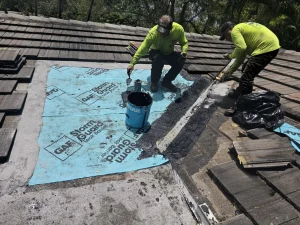
In this 2025 guide, we’ll analyze the three main types of underlayment (asphaltic, synthetic, and self-adhering), their advantages in tropical climates, and the red flags every homeowner should know before hiring a roofing service.
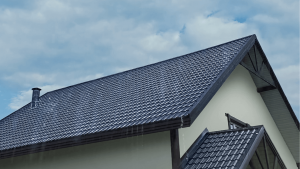
Based on hundreds of projects, we answer the 5 most frequent inquiries we receive, with details on installation times, rain policies, flexible payment options, and warranty coverages according to the 2025 code.

This article details the certified process used by experts, from deck preparation to premium materials like Asoflex SBS and Poly IRX, specifically designed for our tropical climate.
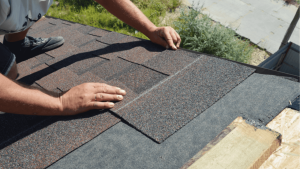
Below, we’ll uncover the three biggest mistakes homeowners make when attempting to repair their roofs on their own in Miami and explain why current regulations favor, and even require in many cases, the expertise and certification of professionals.
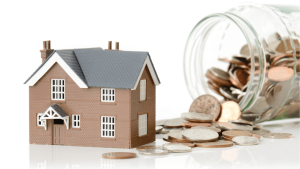
This article’s main objective is to break down the underlying causes of these rising roofing prices in Miami and, more importantly, to offer practical and effective strategies for homeowners to plan for and address roofing costs in 2025.
® All rights reserved,
Roofing Nation LLC.
10830 NW 138th St #1, Hialeah
Gardens, FL 33018
(Monday – Sunday)
© Copyright Roofing Nation. All Rights Reserved 2025